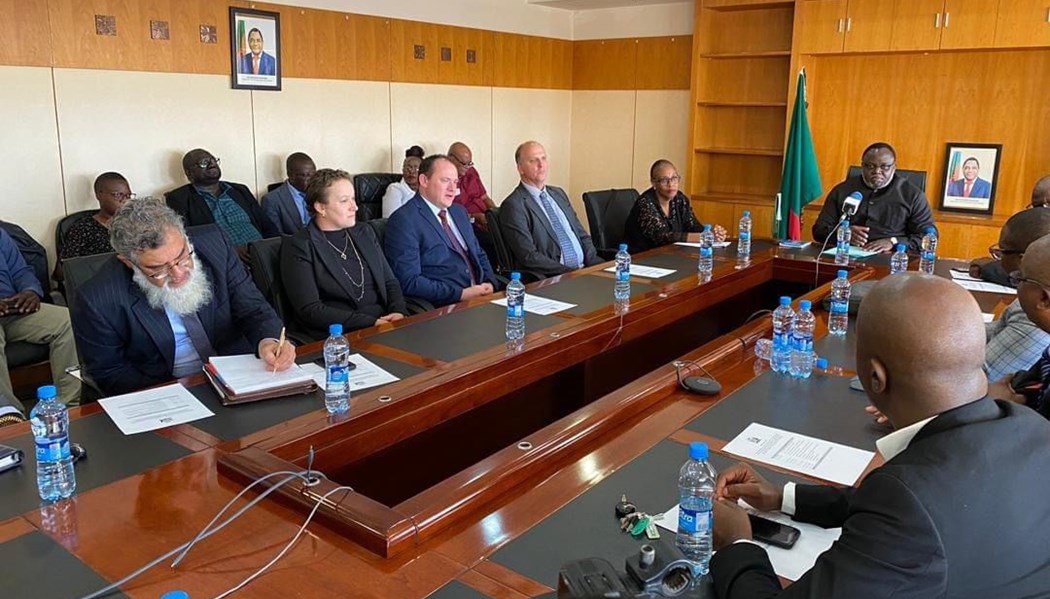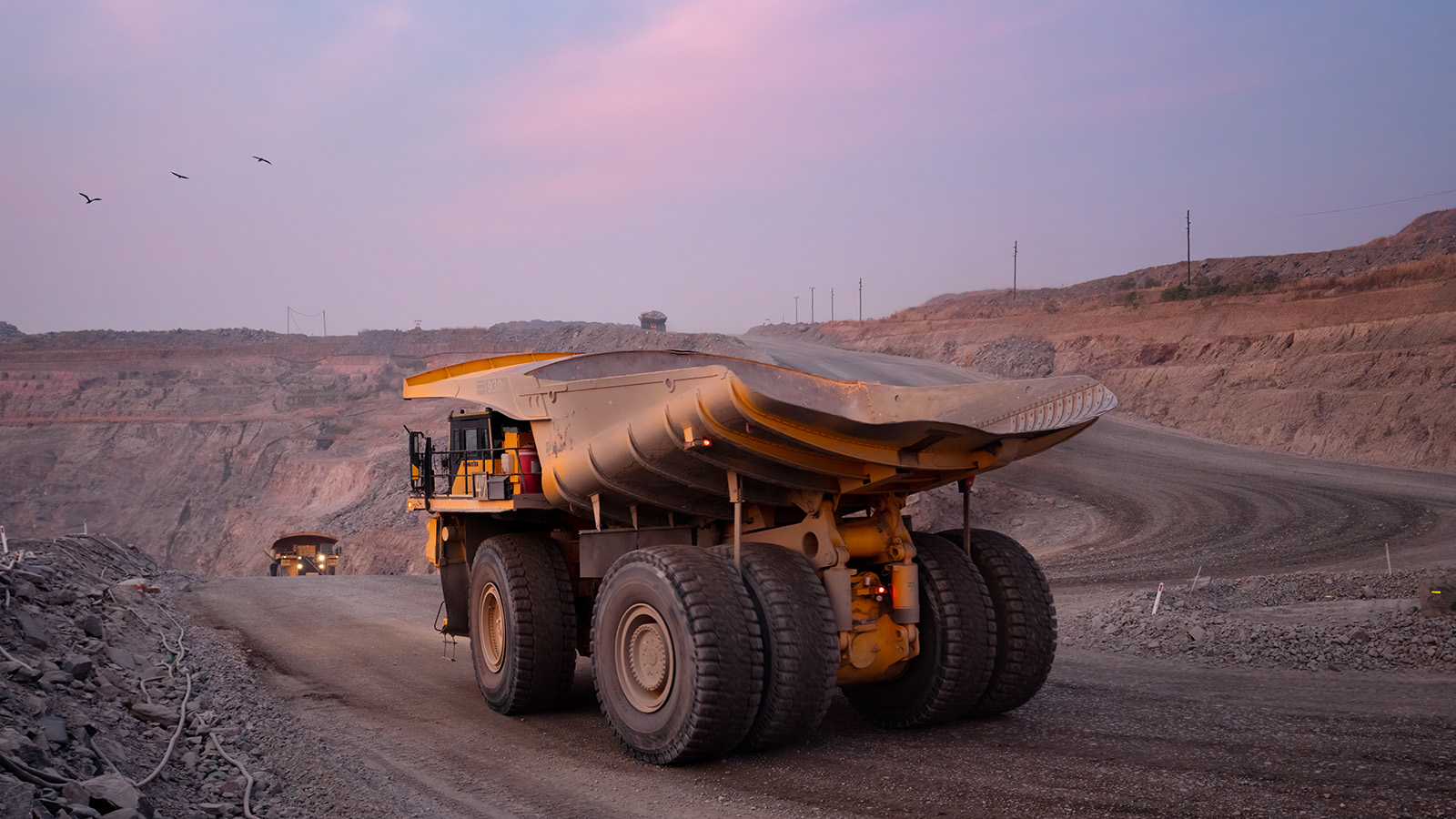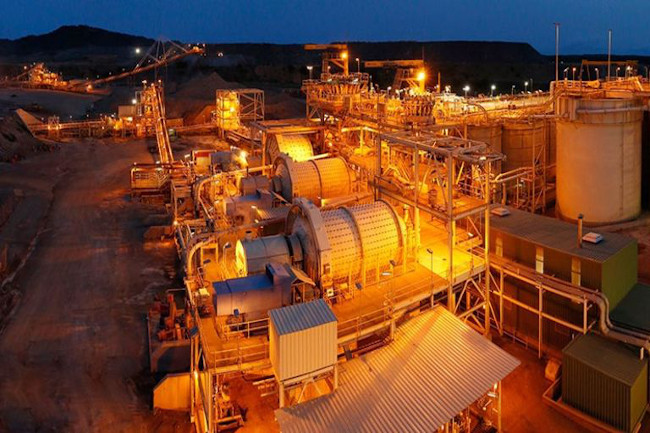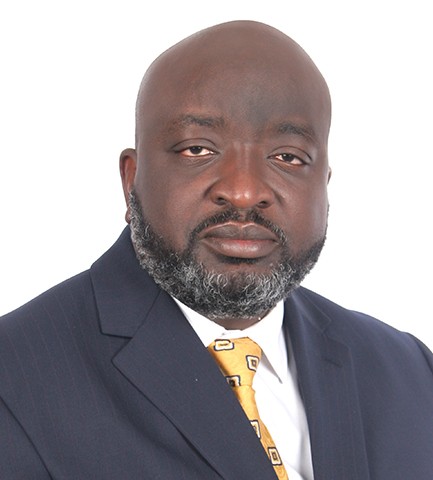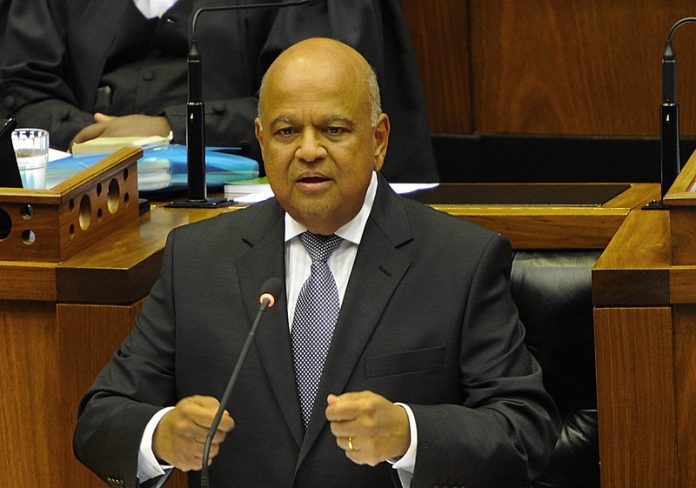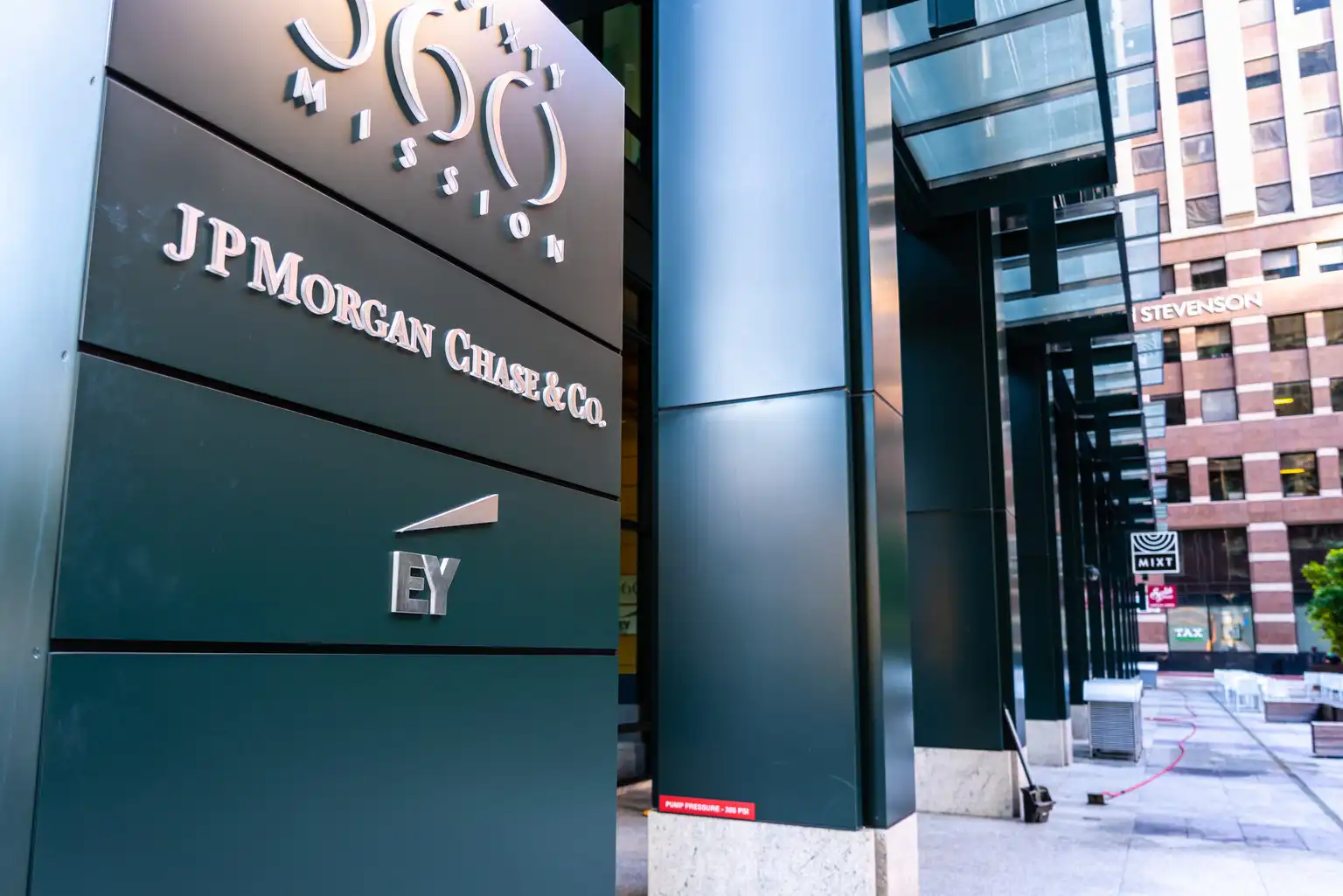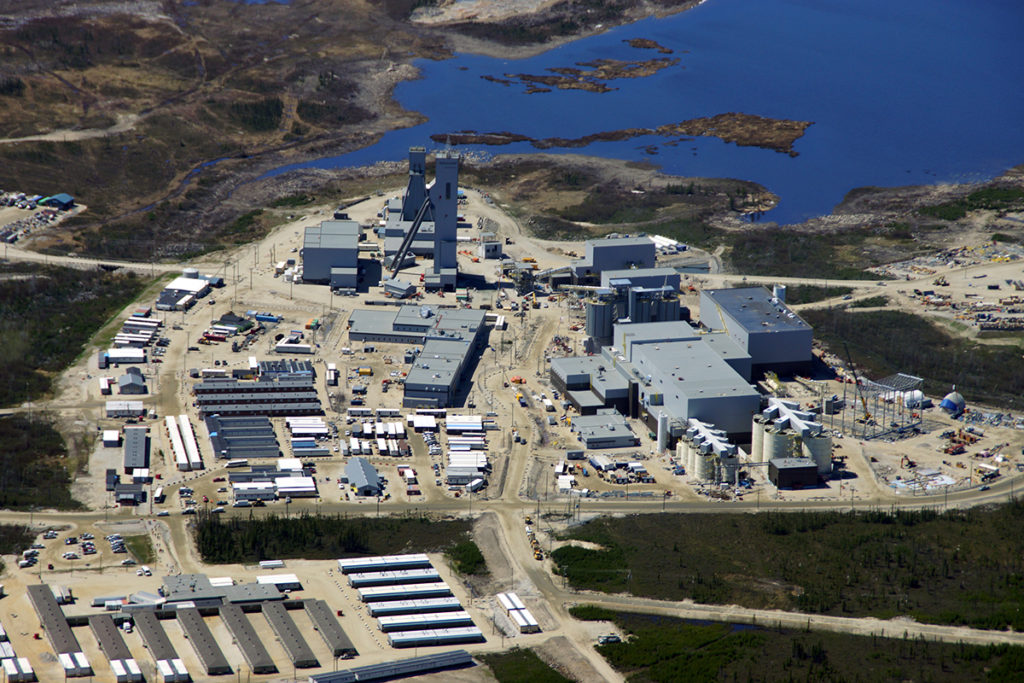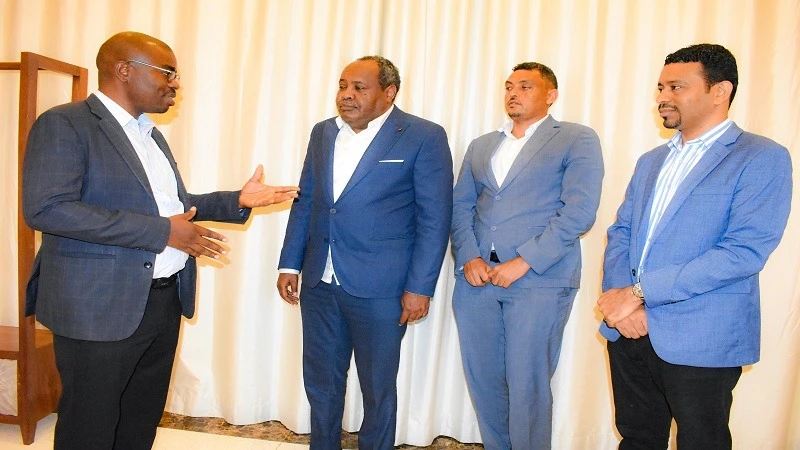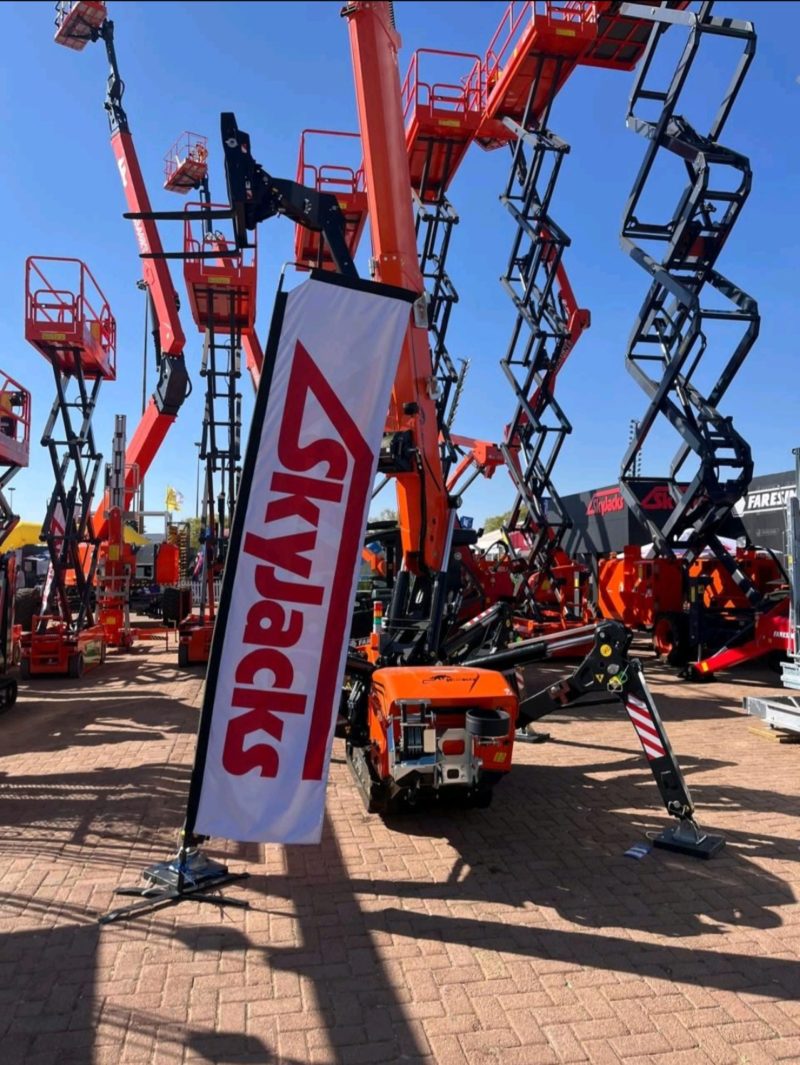Mining Other

Afrimat reports lower operating profit but expects improvement going forward
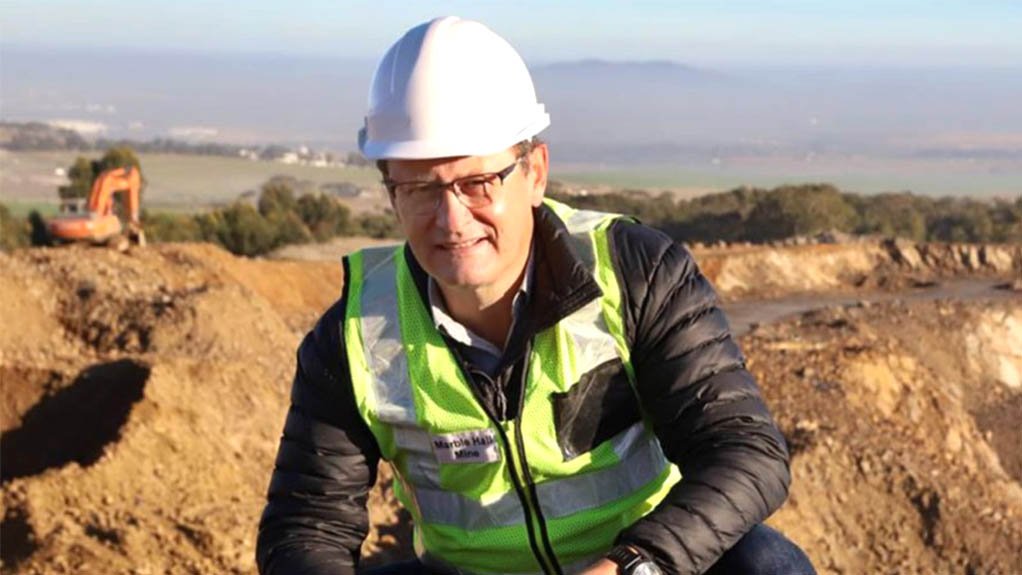
Group revenue increased by 36.7% from R6.1-billion in the 2024 financial year to R8.3-billion in the financial year under review, with the inclusion of the Lafarge business.
However, operating profit decreased by 58.5% from R1.15-billion to R477.7-million, resulting in an overall profit margin of 5.7%.
“While these results are not as robust as in the past, the entrepreneurial culture continues to ensure sustainability and profitability through strategic focus, careful planning and meticulous execution,” Afrimat CEO Andries van Heerden said on May 15.
He added that diversification and efficiency improvement initiatives remained the cornerstones of the group’s strategy.
“Our most recent acquisition, that of Lafarge South Africa, has been integrated successfully. Being our largest acquisition to date, the transaction became unconditional during the first quarter of this financial year,” he said.
Van Heerden further explained that while the traditional aggregate quarries and ash business delivered a solid performance, the cement business incurred losses throughout the year.
“Pleasingly though, these are steadily reducing as the cement operations were successfully restored and are now functioning at acceptable levels,” he said.
Meanwhile, changes in the iron-ore market, influenced by the rand value of iron-ore exports, and a weaker-than-expected anthracite performance, further hindered the results.
Van Heerden said many external impacts were not entirely within management's control, but that Afrimat remained resourceful.
“Substantial work was done to ensure a strong foundation for sustainability and to ensure improved performance in the next financial year,” he said.
Cash generated from operations equated to R571.6-million, compared with R1.55-billion in the prior year, impacted by lower profits and the working capital requirements of the company.
In the interim results, a gain on bargain purchase of R262.7-million was reported in relation to the Lafarge acquisition, based on the preliminary fair values of the identifiable assets.
However, in line with International Financial Reporting Standards 3, and as part of the final purchase price allocation within the permitted measurement period, the company reassessed the fair values of the identifiable net assets acquired.
This reassessment led to a downward adjustment to the value of certain assets, based on updated information that existed at the acquisition date. As a result, the previously recognised bargain purchase gain was derecognised, and no gain on bargain purchase was reflected in the full-year results.
Van Heerden explained that Afrimat was affected by a declining iron-ore price, a strengthening rand and ongoing limitations on the export rail line.
Iron-ore volumes sold to ArcelorMittal South Africa (AMSA) improved well in the second half of the year after offtake was reduced in the first half after a furnace freeze.
“Additionally, there were no anthracite product exports from Nkomati through Mozambique owing to border closures, and the cement business faced losses.
“Furthermore, additional debt to fund the acquisition of Lafarge resulted in significant additional finance costs. This culminated in headline earnings per share reducing from R5.67 to 72c,” he said.
Afrimat expected the company’s net debt to equity position to increase, which it did, rising to 48.9% from 1.4% a year before, owing to funding towards the Lafarge and Glenover transactions.
The aggregates component of the Construction Materials segment delivered a solid performance, increasing operating profit by 40.2% to R383.5-million from R273.4-million in the previous year and delivering an operating profit margin of 10.8%, which was down from 12.4% last year.
Van Heerden said this was mainly owing to the successful integration of the Lafarge quarries, the fly ash business and the readymix batching plants, as well as volume growth.
The cement business incurred losses of R285.4-million.
“During the first half of the financial year, the operation contended with known reliability issues at the cement factory, resulting in excessive maintenance costs and limited production.
“Following the revitalisation of the plant, production is at acceptable, efficient and dependable levels, but during the second half of the year, the business had to contend with unusually high rainfall, which impacted on production in January and February,” Van Heerden explained.
He added that the cement kilns benefited from extensive maintenance and were operating more efficiently and dependably, ensuring that Afrimat could now operate with backup capacity.
“Production has steadily improved and good progress has been made towards achieving the company’s desired market share,” he said.
The industrial minerals businesses delivered a recovered performance. Revenue remained relatively flat at R575.1-million. However, the operating profit increased by 325.7% from R13.8-million to R58.8-million for the year.
Van Heerden said the significant reduction in loadshedding had been positive for both the segment and its customers.
“This improved performance is encouraging and has been supplemented by strategic marketing initiatives and significant progress in the agricultural lime and precision farming sectors,” he said.
The bulk commodities segment contributed 60% to the company’s operating profit. Revenue and operating profit decreased by 4.5% and 70.1%, respectively, from the previous year.
The operating profit for the iron-ore mines decreased by 69.8% to R238.1-million from R789-million. International iron-ore sales were adversely impacted by lower US dollar prices, down by 12.9%; an increase in shipping costs of 7.5%; a decrease in the lump premium of 12.4%; and the concurrent strengthening of the rand of 2.1%.
Exports continue to be impacted by the challenges on the rail line although international sales tonnages increased marginally. However, overall volumes remain 16.5% below Afrimat’s rail allocation and international iron-ore prices have remained lower than last year.
“Domestic iron-ore sales remain an important component of Afrimat’s offering and we remain in active discussions with our customer to supply it with innovative raw material solutions to support its long-term sustainability,” Van Heerden said.
Local iron-ore sales volumes for the year improved slightly and are expected to increase in the new financial year.
Afrimat’s anthracite mine revenue increased by 11% to R829.1-million from R746.7-million. Operating profit declined to R48.6-million compared to an operating profit of R168.7-million a year before.
Key achievements at the Nkomati anthracite mine included the partial receipt of the environmental-impact assessment (EIA) for the full life-of-mine (LoM) plan, and the successful relocation of power lines, graves and houses. Underground mining operations were also relocated to a safer area.
“Along with the gains from . . . adjustments, Nkomati’s results improved towards the end of the reporting period. No anthracite products were exported in the latter half of the financial year owing to the closure of the border with Mozambique, which restricted access to the Maputo port.
“Fortunately, the border has reopened, and Afrimat has secured commitments for up to 80% of the new financial year’s export volumes,” Van Heerden said.
The future materials and metals segment further supports the diversification strategy and offers wider exposure than ferrous metals. The segment adds phosphate and rare earth elements to the offering and aligns Afrimat to advancing decarbonisation trends through rare earth elements (REEs) and improved food security through fertiliser products.
Afrimat’s Glenover project, in Limpopo, processes high-grade phosphate and single superphosphate (SSP). With the SSP plant now operational, fertiliser sales were increasing, Van Heerden said.
Further testwork on the REE component of the deposit was done with very pleasing results.
“The REE strategy is being refined to ensure a comprehensive understanding of the market and technology. This project is recognised as a strategic development requiring time to achieve its full potential,” Van Heerden explained.
Van Heerden said the company was eager to leave the 2025 financial year behind, confident that it would achieve more robust results in the years ahead.
“May marks the first anniversary of the Lafarge acquisition. Over the past year, we have successfully integrated quarries, fly ash and readymix batching plants, yielding excellent results.
“The cement operations have been restored and are now performing well, with some spare capacity available. Nonetheless, certain costs persist in the cement sector, including the ongoing transition of the enterprise resource planning system from the Holcim platform,” he said.
Van Heerden further commented that the priority for the construction materials segment was to enhance operating margins in the aggregates business through efficiency projects, eliminate losses in the cement business and advance sales toward the company’s desired market share.
“Nkomati has turned a corner. However, management remains aware that there is always the possibility of unforeseen geological challenges at the mine. With the EIA in place, the focus will be on the successful execution of Nkomati by optimising the LoM plan. In the first quarter of the new financial year, the shipment of export product has started,” Van Heerden said.
He said the company was well-positioned to assist in supplying iron-ore to both domestic and international markets and to increase its supply by ensuring that it had a spectrum of sources available.
“We also continue to engage with Transnet and participate in the Ore Users’ Forum to assist Transnet as much as possible, and we are encouraged by the private sector participation projects that are progressing at government level,” he said.
He added that Afrimat remained focused on cash generation, using it to swiftly pay down debt levels, make acquisitions, cover all operating costs and return excess to shareholders.
“We will prioritise enhancing cash flow to reduce debt levels in line with the historical base,” said Van Heerden, adding that Afrimat would seek to optimise its operational efficiency across all businesses through technology.
“Proven results demonstrate that, with the help of technology, efficiencies and savings give us a competitive edge, ensuring greater profitability,” he said.




